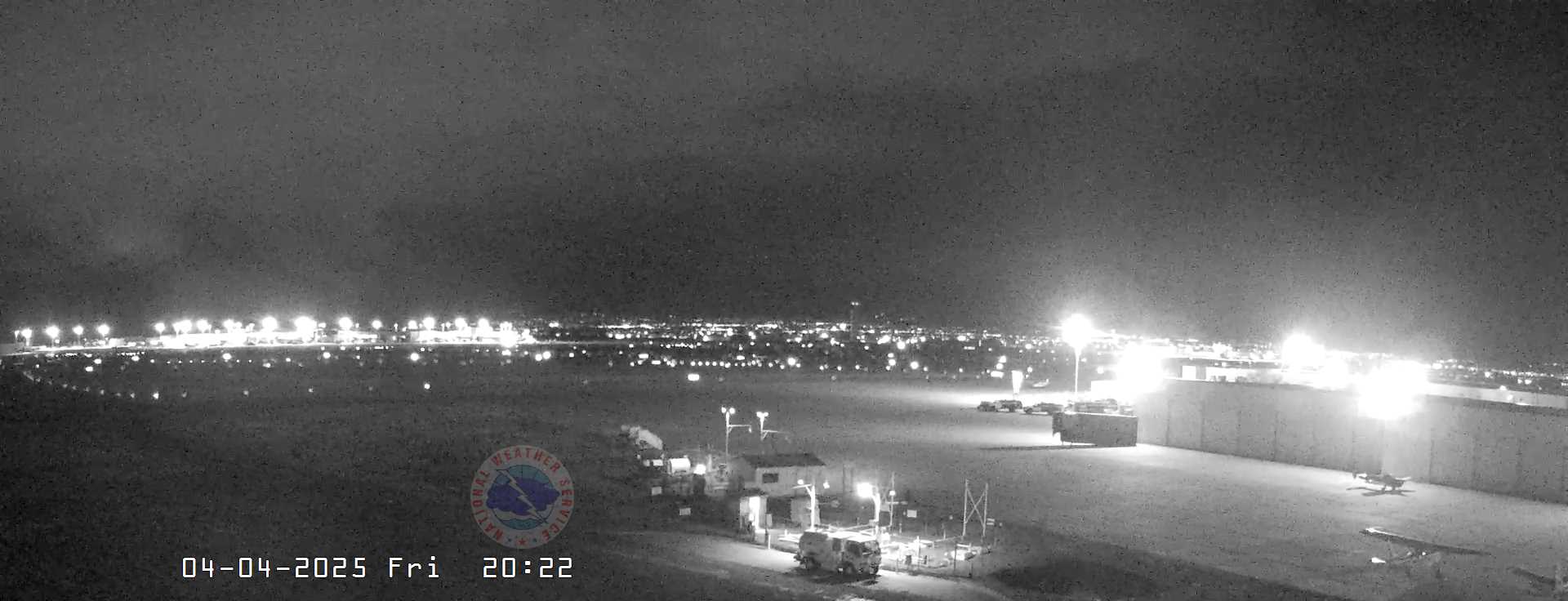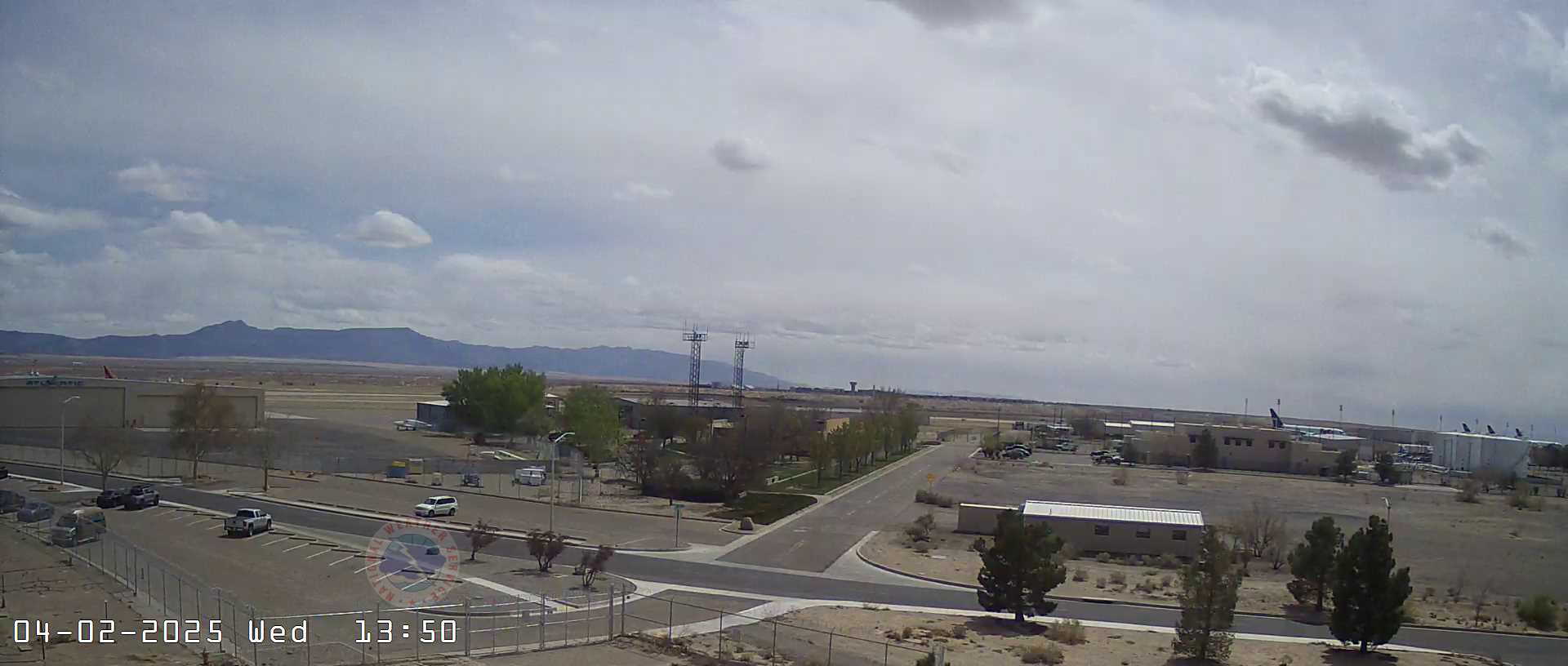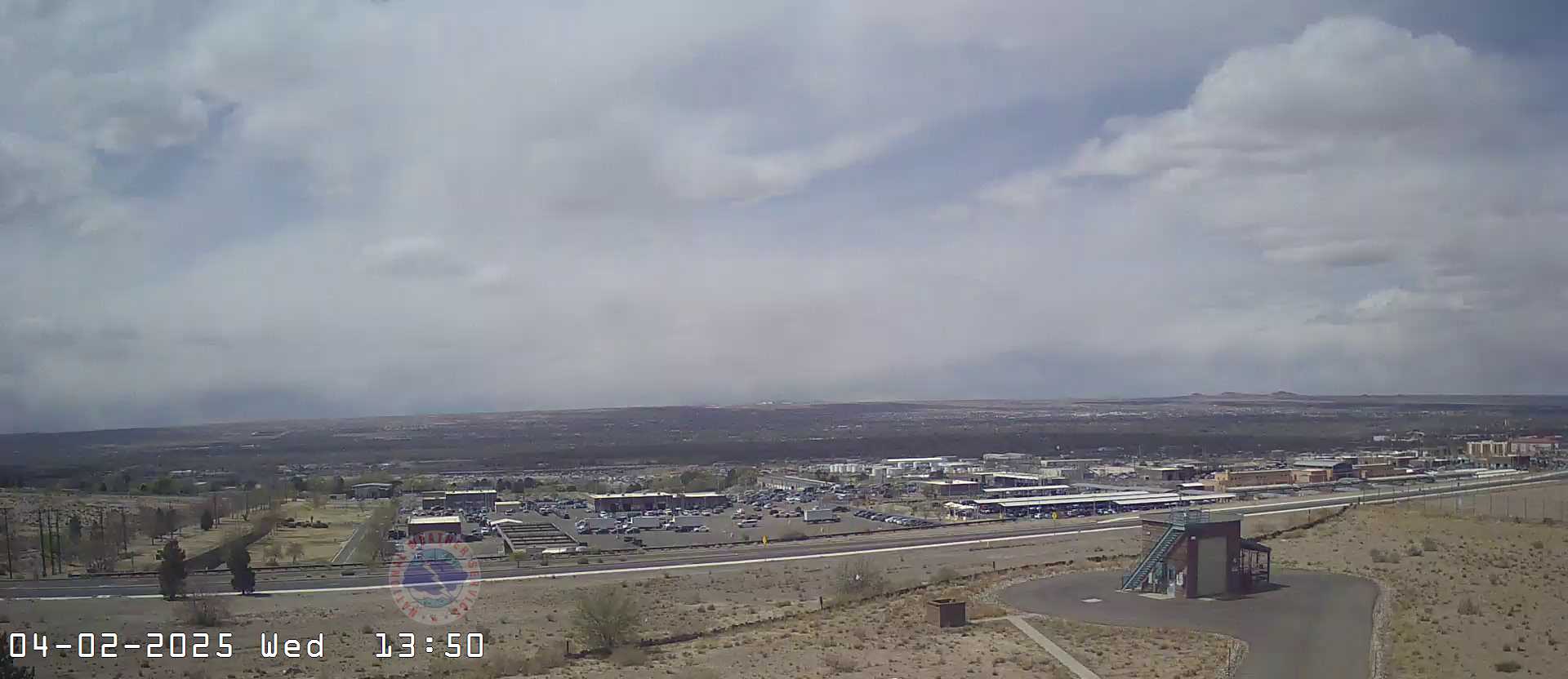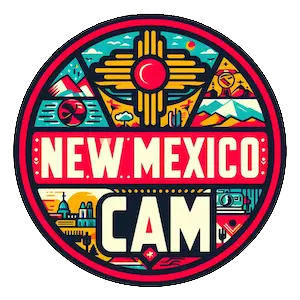Spanish Colonization and the Founding of Albuquerque
The arrival of Spanish explorers in the 16th century marked a significant turning point in the history of Albuquerque. Francisco Vásquez de Coronado led an expedition through the area in 1540, seeking the fabled Seven Cities of Gold. Although Coronado’s quest for gold proved futile, his journey opened the door for further Spanish exploration and eventual settlement.
In 1706, the Spanish colonial government officially founded the town of Albuquerque, naming it in honor of Francisco Fernández de la Cueva, the Duke of Alburquerque. The additional “r” in the Duke’s name was later dropped, giving the city its current spelling. Albuquerque was strategically located near the Rio Grande, making it an ideal spot for trade and agriculture. The town’s central plaza, known as Old Town, became the heart of the community, featuring the San Felipe de Neri Church, which still stands today as a testament to the city’s colonial heritage.
Mexican and American Rule
In 1821, Mexico gained independence from Spain, and Albuquerque, along with the rest of New Mexico, became part of the newly established Mexican nation. The Mexican period saw Albuquerque grow as a trading center along the Camino Real, a trade route that connected Mexico City to Santa Fe.
The Mexican-American War (1846-1848) brought another shift in Albuquerque’s governance. As a result of the Treaty of Guadalupe Hidalgo, New Mexico, including Albuquerque, was ceded to the United States. This transition ushered in a new era of American influence and development. Albuquerque became a crucial stop along the Santa Fe Trail, a significant trade route linking Missouri to Santa Fe.
The Railroad and Economic Growth
The arrival of the Atchison, Topeka, and Santa Fe Railway in 1880 was a pivotal moment in Albuquerque’s history. The railroad brought an influx of settlers, businesses, and economic opportunities to the region. The population grew rapidly, and Albuquerque began to expand beyond its original Old Town boundaries.
New Town, centered around the railroad depot, emerged as the commercial and economic hub of Albuquerque. The construction of hotels, banks, and businesses attracted more residents and visitors, further fueling the city’s growth. By the early 20th century, Albuquerque had established itself as a vibrant and bustling city, with a diverse economy that included agriculture, commerce, and manufacturing.
Albuquerque in the 20th Century
The early 20th century saw Albuquerque continue to grow and modernize. The city’s first university, the University of New Mexico (UNM), was founded in 1889 and became a cornerstone of higher education in the region. UNM played a crucial role in shaping Albuquerque’s cultural and intellectual landscape, attracting students and faculty from across the country.
During World War II, Albuquerque became a key military hub with the establishment of Kirtland Air Force Base and Sandia National Laboratories. These institutions brought significant federal investment and technological advancements to the city. The post-war period saw Albuquerque’s population and economy boom, with new residential neighborhoods, schools, and businesses sprouting up to accommodate the influx of military personnel and their families.
Cultural and Architectural Heritage
Albuquerque’s unique cultural heritage is a blend of Native American, Hispanic, and Anglo influences. This rich tapestry is reflected in the city’s architecture, cuisine, and traditions. The Pueblo Revival style, characterized by adobe construction and rounded edges, became a popular architectural trend in the early 20th century, paying homage to the region’s indigenous roots.
Old Town Albuquerque remains a vibrant cultural center, with its historic buildings, art galleries, shops, and restaurants attracting visitors from around the world. The annual Albuquerque International Balloon Fiesta, one of the largest hot air balloon festivals in the world, showcases the city’s festive spirit and draws thousands of spectators each year.
Challenges and Growth in the Modern Era
In recent decades, Albuquerque has faced its share of challenges, including economic fluctuations and social issues. However, the city has also demonstrated resilience and adaptability. Efforts to revitalize downtown Albuquerque have led to the development of new businesses, entertainment venues, and cultural attractions. The city’s diverse economy, anchored by education, healthcare, technology, and tourism, continues to provide a stable foundation for growth.
Environmental sustainability has also become a priority for Albuquerque. The city has implemented various initiatives to conserve water, promote renewable energy, and protect its natural landscapes. The Rio Grande Bosque, a forested area along the Rio Grande, offers recreational opportunities and serves as a critical habitat for wildlife, highlighting the city’s commitment to preserving its natural heritage.
Conclusion
From its ancient Pueblo roots to its status as a modern metropolis, Albuquerque’s history is a story of resilience, adaptation, and cultural fusion. The city’s rich heritage, reflected in its architecture, traditions, and community spirit, continues to shape its identity. As Albuquerque looks to the future, it remains a vibrant and dynamic city, embracing its past while forging a path forward.




